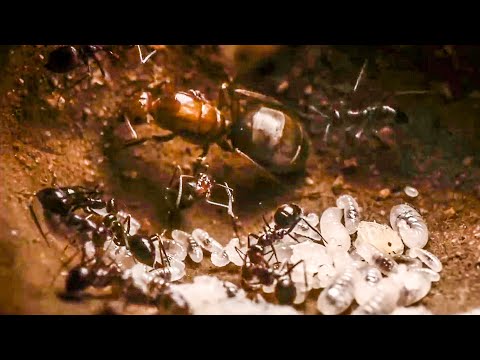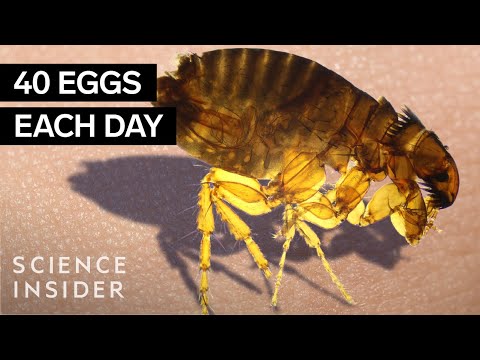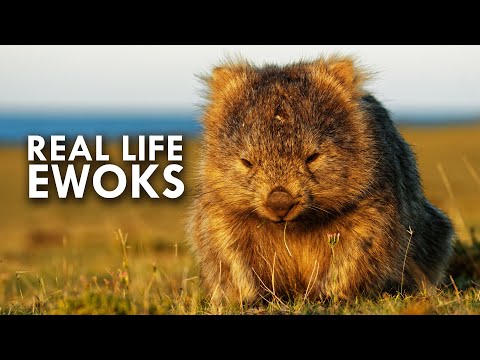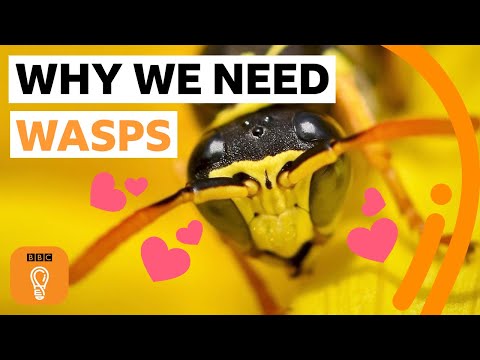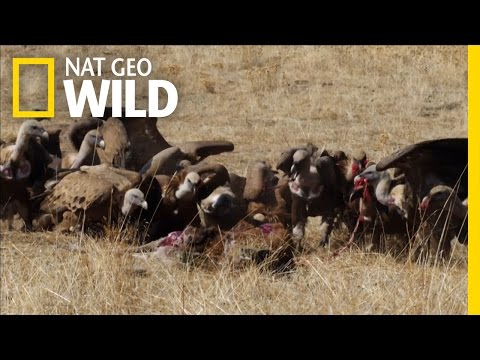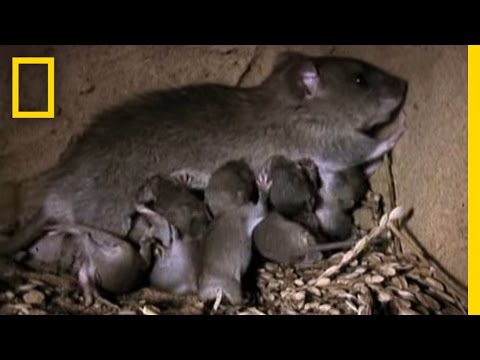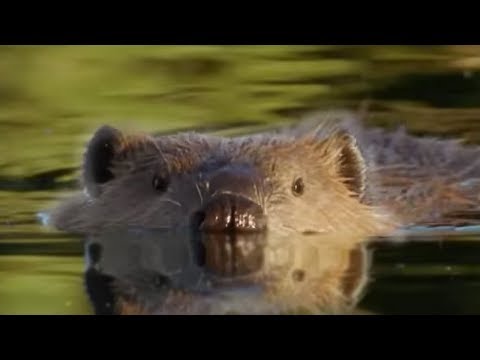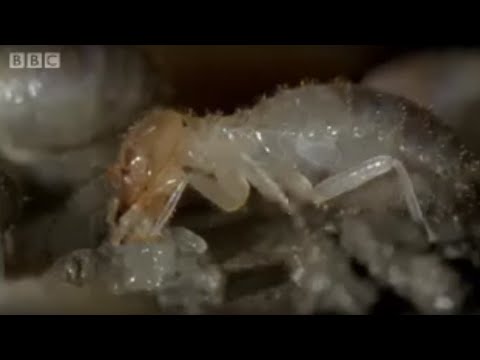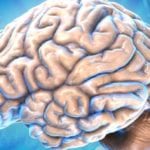Each ecosystem is unique. If one of its elements disappears, the ecosystem will change. All the animals on our list are vital to their ecosystems. Some of them are struggling to cope with man’s influence on the environment. Here are 10 animals you didn’t know were vital to an ecosystem.
10 Ants
Before we get to the importance of ants in an ecosystem, here’s a fact that will rock you. According to Guinness World Records, in 2000, scientists discovered an ant colony that stretched from northern Italy through the south of France to the Atlantic coast of Spain! This was a single supercolony of Argentine ants that stretched for 5,954 kilometers (3,700 miles); ants from the Spanish end could recognize and accept their Italian friends. So if you find an ants’ nest in your garden, you might be looking at just one door into a megastructure. All these tunneling ants are aerating the soil and recycling nutrients. This cuts down the need for fertilizers. In fact, experts say that in a dry region, wheat crops are up to 36% higher because of the work that ants do. You go, tiny dudes!
9 Fleas
If you see your favorite pooch scratching, you might suspect that she has picked up a colony of fleas. Naturally, for your peace of mind and your pup’s health, you’ll want to get rid of them as soon as possible. And so you should, but fleas make a great snack for frogs, snakes, spiders, ants, and other animals. They are an important part of the food chain. Watch this video on YouTube These blood-sucking horrors are vectors for disease. Although I wouldn’t suggest that the Black Death was a good thing, infectious diseases spread by fleas can kill off weaker animals and strengthen the gene pool.
8 Wombats
Australians should be happy that they have wombats around. This cuddly marsupial loves digging holes. This action breaks up hard soil and recycles organic material. The furrows that they hollow out make perfect seedbeds. Really, a wombat is like a tractor. There are three species of wombats in their native Australia. They can grow to 1.3 meters (4.25 feet) in length and weigh 36 kilograms (79 pounds). Some farmers see them as pests because they will grub up food and knock down fences. Still, they do more good than harm. In general, the soil in Australia is poor, there are few nutrients, and the land is not very productive. An Australian farmer needs all the help that they can get. As a completely unrelated fact, a group of wombats is called a wisdom of wombats. You’re welcome.
7 Wasps
People like bees, but you don’t find many that appreciate wasps. If people think about them, they consider them a potentially painful nuisance at a picnic. But wasps perform many of the same tasks as bees. They are pollinators that help spread plants around, and they feed on bugs such as greenflies and caterpillars. Watch this video on YouTube Having a few wasps around for a gardener can be a great help. Many pests would chomp on roses and food crops if there were no wasps. Perhaps the fact that they don’t produce honey makes us think of them in a poorer light than their bee cousins.
6 Sharks
Sharks are at the top of the food chain. It’s no exaggeration to say that the oceans would be virtually dead without them. As apex predators, sharks feed off the fish immediately below them on the chain. The sharks’ prey feeds off the next lowest link and so on down to the level of plankton. Watch this video on YouTube If sharks didn’t keep second-tier predator numbers down, the next tiers would quickly be eaten and disappear. With nothing left to feed off, life in the oceans would quickly die off. The Australian Institute of Marine Science tells us that shark attacks kill around ten people each year. This compares to approximately 150 who are killed by falling coconuts. Clearly, we should be more scared of coconuts than sharks.
5 Vultures
The acid in a vulture’s stomach is extremely corrosive. This allows them to digest carrion that would otherwise pose a threat. Anthrax is a potent example. Anthrax is a serious infectious disease caused by Bacillus anthracis. This occurs naturally in soil, and from the soil, it passes into animals. It can then infect people who come into contact with or eat the animal. A vulture has no problem with an anthrax-infected animal. Because of the acid in its stomach, it can happily gorge itself on an infected carcass and suffer no ill effects. The same is true if the animal had rabies or was full of toxins. A vulture is an effective cleanser of the environment. But there is one compound that it can’t deal with—Diclofenac. This is an anti-inflammatory drug that is given to cattle and pigs. If someone had designed something to kill vultures, they couldn’t have found anything more effective. Even small doses are toxic to the scavengers. It causes kidney failure and quick death. It was widely used in Asia in the 1990s and early 2000s and nearly wiped out Asian vultures.
4Rats
It’s commonly said that you are never more than 2 meters (about 6 feet) away from a rat. I don’t know who came up with this figure, but it’s entirely fanciful. It would suggest that there are many rats around; they are common enough but not that common. Rats do like breeding. A female rat has 6 hours of receptivity 15 times a year. During those 6 hours, a female may mate up to 500 times. This must be quite tiring, but it does make her a prolific breeder of little rats. When they’re not otherwise busy, rats do an excellent job tidying up our cities. Rats are mainly vegetarian in the wild, but urban rats will eat garbage and scraps of anything. They are useful cleaners. They are also prey for hawks, owls, falcons, snakes, and cats. They are, then, an important part of the food chain. Speaking of cats, despite their reputation for dirtiness, a rat is a clean animal. In fact, a rat will spend more time grooming than your pet cat does.
3Rattlesnakes
The rattlesnake has a bad rep. Perhaps it’s the ominous rattling sound it makes, but this is just a warning, not an indication that it’s about to strike. In the United States, 7,000 to 8,000 people get bitten by a snake every year, and of these, five will die. A rattlesnake will rarely bite, and if it does, the bite is rarely fatal if promptly treated. Their typical meal will consist of mice, rats, squirrels, or small birds, so, like any predator, they play an important part in keeping population numbers under control. But they also play another important part in maintaining a healthy ecosystem. Rattlesnakes, like other snakes, don’t chew. If a rattlesnake has just had a rodent for lunch, it will swallow it whole and find somewhere to rest and digest. Any seeds that the unfortunate rodent has eaten will pass through the snake’s system undamaged, later excreted in a different spot. Rattlesnakes are vulnerable; they should be left alone. There are ways to discourage rattlesnakes from setting up homes on your property. Most pest control businesses will deal with them and cause them no harm. However, in some areas, “rattlesnake roundups” still take place. Typically, hunters are encouraged to collect as many snakes as they can in a year and gather to celebrate their success and eat their catch. Such events do more harm than just killing a few snakes. Hunters will sometimes force snakes out of tortoise burrows by spraying gasoline into the holes. More than 350 different species use tortoise burrows for shelter and food; spraying the holes with gasoline kills them too.
2 Beavers
Beavers are a keystone species. This means that they don’t just contribute to an ecosystem; they actively create one. The other creatures on this list are part of an ecosystem; the beaver is the maker and master of one. In the UK, beavers went extinct about 400 years ago. They are now being reintroduced as authorities realize how important they are in flood control. Watch this video on YouTube When a beaver builds a dam, it creates an area of wetlands behind it. This becomes a new habitat for other animals and plants. A beaver’s dam will reduce soil erosion, and silt builds up behind it. This silt acts as a filter that removes pollutants from the water. But these animals do more. Beavers clear trees. This opens spaces in woodlands that let other plants thrive. Beavers are herbivores, eating aquatic plants, bark, and leaves; with little damage to the environment.
1Termites
A termite colony can contain 60,000 to 1 million members, and there are 3,000 different species of termites on the planet. Termites, as you may have experienced, like wood. The cellulose they consume is excreted and makes an excellent, sticky binding agent in the soil that helps prevent erosion. Meanwhile, as they burrow, they aerate the soil and recycle nutrients. They play a vital role in decomposition. Termites are also an essential food source for a wide range of predators. We also eat them; some 43 species can end up in a pot to make a protein-rich meal for humans. Nevertheless, you don’t want them moving into your support beams.
